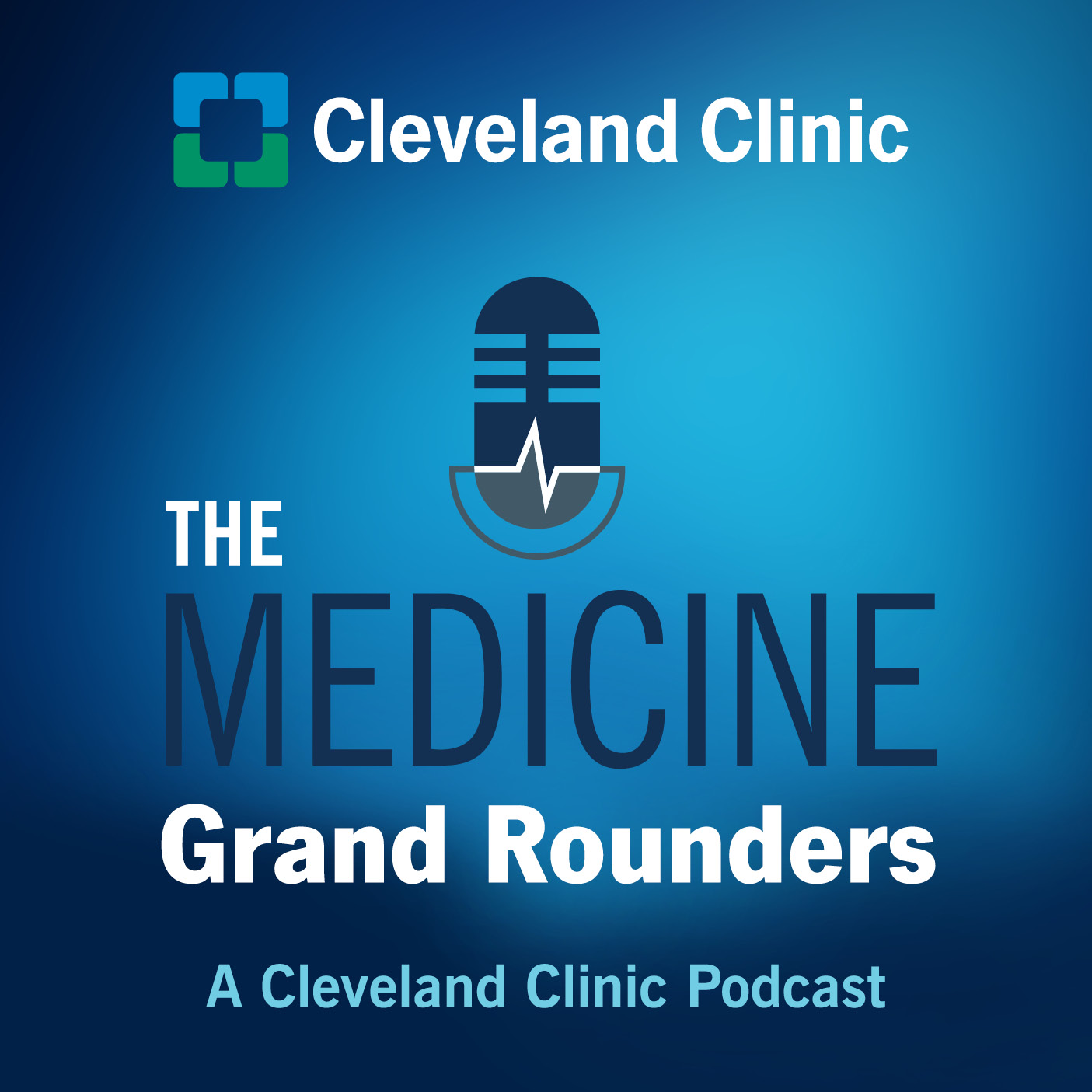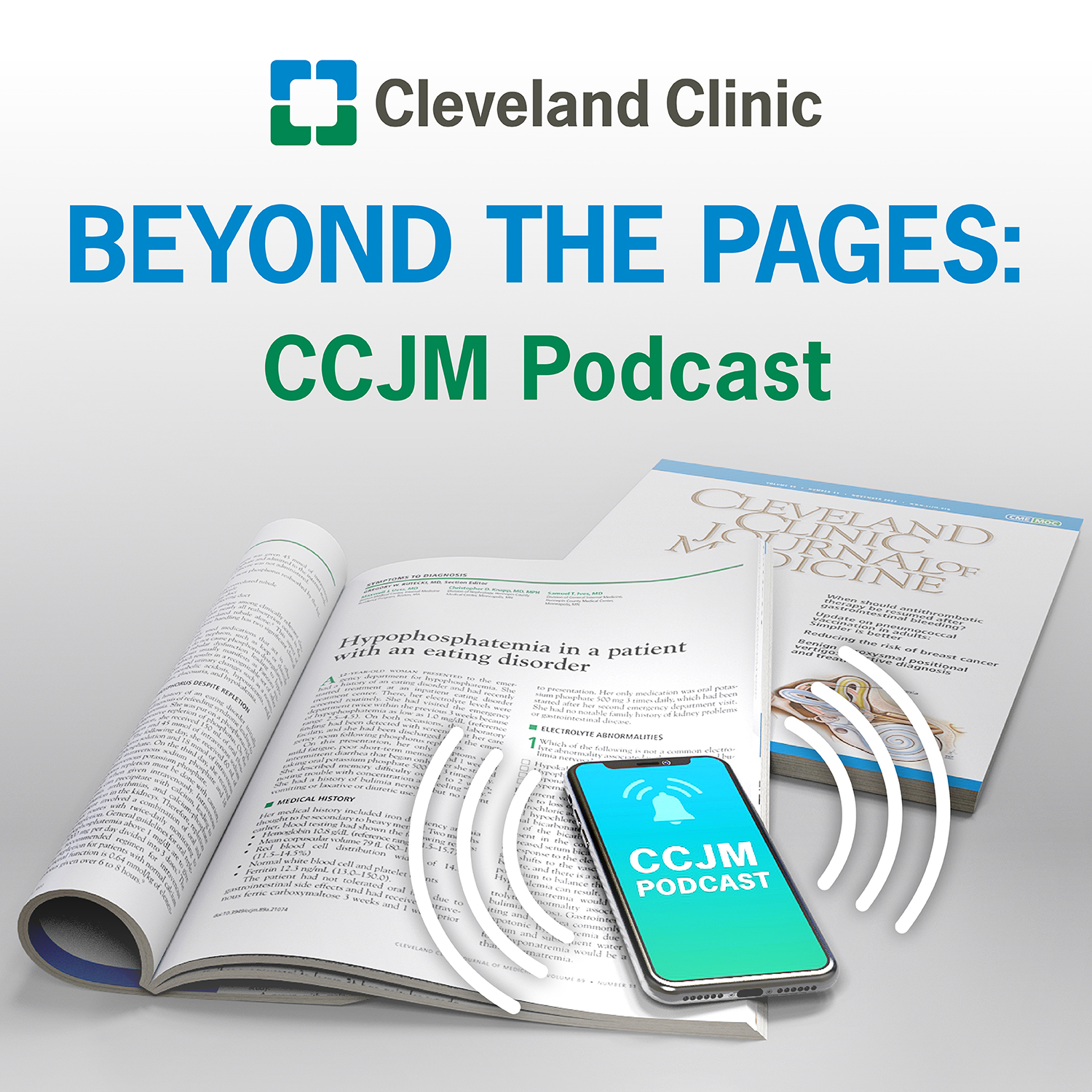Cardiac Stress Testing with Dr. Michael Faulx

Dr. Michael Faulx discusses about the indications and different modalities of cardiac stress test. Moderated by Lorenzo Braghieri, MD.
Subscribe: Apple Podcasts | Podcast Addict | Buzzsprout | Spotify
Cardiac Stress Testing with Dr. Michael Faulx
Podcast Transcript
Question 1 (Lorenzo): What are the current indications for stress testing? Evaluation of symptoms concerning for myocardial ischemia in patients at low- or moderate risk for CAD, preoperative cardiac risk assessment and stratification (Dr Faulx)
Question 2 (Lorenzo): Is a treadmill ECG ever truly helpful? Yes, in lower risk patient with normal resting ECG a normal study has great negative predictive value. (Dr Faulx)
Question 3 (Arjun): Exercise versus pharmacologic stress; is there ever an advantage to the latter? Exercise generally always preferred. Obviously, pharm agent needed for those who cannot exercise. Dobutamine is a bit more physiologic and good for patients with obstructive lung disease. Use with caution in patients with tachyarrhythmias. Vasodilator best suited for nuclear imaging. (Dr Faulx)
Question 4 (Lorenzo): When should I order a cardiopulmonary exercise test? In patients with concurrent cardiac and pulmonary risk or disease who also have deconditioning of some variety. (Dr Faulx)
Question 5 (Lorenzo): How do I chose a stress imaging modality? Patient characteristics and local expertise. If patient has advanced lung disease and/or obesity then echo images may be poor or limited and nuclear imaging may be better. If you have concern about pulmonary hypertension, valve disease/murmur, etc. then echocardiography would be best. MRI is an option in some centers but is expensive and cumbersome and has limited use. (Dr Faulx)
Case Presentation (Lorenzo)
Question 6 (Lorenzo): Should she have testing for myocardial ischemia? If so, what test would be best (exercise vs pharmacologic)? What is the data on sensitivity and specificity for different stress modalities? Yes. She has multiple CAD risk factors (age, hypertension, diabetes, hyperlipidemia, family history) and intermediate pretest likelihood that her symptoms could be anginal equivalent (see below).
- Diamond-Forrester: 51%
- Duke: 51%
- European database: 28%
The patient can ambulate without assistance and her symptoms are exertional. Her functional capacity is difficult to ascertain by history. (Dr Faulx)
Question 7 (Lorenzo): with imaging or not? With imaging. She has an abnormal resting ECG with a non-specific intraventricular conduction block with related ST- and T-wave abnormalities which would increase her chances for a false positive or non-diagnostic stress ECG. (Dr Faulx) What Type? (Lorenzo): Challenging question. Statistically stress with echocardiography or with nuclear imaging offers comparable sensitivity and specificity to detect epicardial coronary disease (perhaps a bit better with PET than SPECT). Nuclear imaging offers an opportunity to assess for abnormal flow reserve related to microvascular dysfunction in the setting of diabetes, but echocardiography offers a broader assessment of her dyspnea by allowing for detection of pulmonary hypertension, ventricular hypertrophy and valvular disease. Her obesity may be a factor regarding the quality of her imaging windows, however echocardiographic contrast can be given if needed. MRI imaging is not a reasonable option in the setting of exercise imaging but could be an option if pharmacologic provocation was more appropriate. (Dr Faulx)
Question 8 (Arjun): What about a coronary artery CTA? Although coronary artery CTA offers greater sensitivity and comparable specificity for epicardial coronary disease than dynamic stress imaging, her age > 65 years increases her chances for calcium-related imaging artifacts. Also, she has mild chronic kidney disease which puts her at risk from the contrast exposure. Even in the setting of acute chest pain, her clinical picture and available data would favor dynamic imaging over CCTA. (Dr Faulx)
Question 9 (Lorenzo): What findings are considered high risk on stress testing? Let the patient tell you. Poor exercise capacity, hypotension or lack of BP increase with exercise, symptoms with minimal effort, profound diffuse ST depression with STE in AVR, polymorphic NSVT, > 5 ischemic segments, ischemic findings in more than one artery, ischemic findings suggesting proximal LAD ischemia, LV enlargement with exercise, decreased LVEF with exercise. (Dr Faulx)
Question 10 (Lorenzo):1 How should we respond to an abnormal stress test? Any abnormal stress test with high-risk features should deserve an angiogram. In patients with stable angina who have no high risk features a trial of aggressive anti-anginal and preventive medical therapy should be tried first. If patients still have limiting symptoms, then an angiogram with intent to revascularize makes sense.
Case Wrap-up (Lorenzo): Ultimate choice->Stress echocardiogram revealing LV dilatation and reduced LVEF with exercise-> Coronary Angiogram: three vessel CAD-> CABG in conjunction with appropriate medical therapy.
Bonus Question 1 (Lorenzo): This case presented with a very abnormal stress imaging. How do we respond to cases with normal stress imaging and diagnostically abnormal ECG findings? If no symptoms and high workload with pristine images, no need for additional testing. If diabetes present with poor exercise capacity with no symptoms, consider alternative imaging (CCTA if patient is a good candidate) or angiogram. If clear symptoms and/or poor BP augmentation and/or limited functional capacity then purse additional imaging (angiogram > CCTA). (Dr Faulx)
Bonus Question 2 (Lorenzo): What is the current role of CT imaging of the coronary arteries, both for calcium and for stenosis? Calcium score is used to risk stratify, generally not to assess chest pain BUT if a patient has a high calcium score and does have a stress test the calcium score may influence your interpretation of and response to stress test results. For CCTA this is often used in appropriate (age < 65 years, moderate or greater pre-test risk) in lieu of functional imaging in unstable CP assessment. Can also be performed to assess for coronary disease in patients with equivocal or borderline abnormal stress testing (Dr Faulx)
Intro/Outro music credit: Frank Gomez and Eden Bernstein, MD

The Medicine Grand Rounders
A Cleveland Clinic podcast for medical professionals exploring important and high impact clinical questions related to the practice of general medicine. You'll hear from world class clinical experts in a variety of specialties of Internal Medicine.
Meet the team: Dr. Andrei Brateanu, Dr. Nitu Kataria, Dr. Arjun Chatterjee, Dr. Zoha Majeed, Dr. Sharon Lee, Dr. Ridhima Kaul
Former members: Dr. Richard Wardrop, Dr. Tarek Souaid
Music credits: Dr. Frank Gomez

